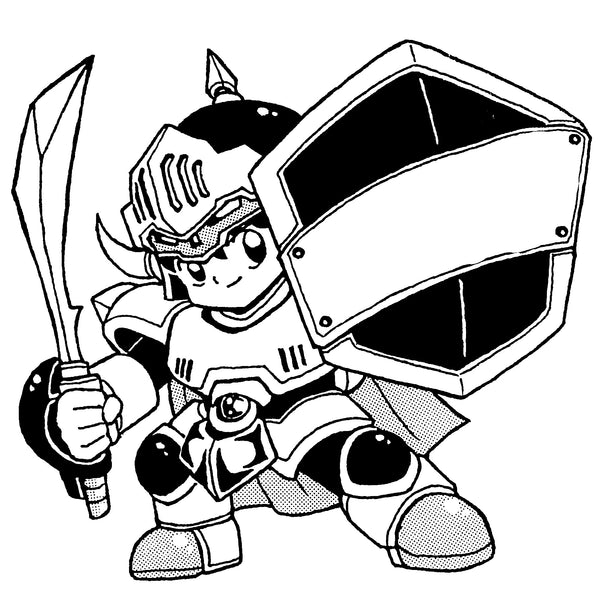Introduction: A Purple Cube That Defied the Times
In the early 2000s, the gaming world was undergoing a major transformation.
Sony’s PlayStation 2 had conquered the living room by doubling as a DVD player.
Microsoft’s Xbox promised a new kind of connection—one that reached across the internet.
And then, there was Nintendo, who brought forth a uniquely shaped, brightly colored console:
a purple cube called the Nintendo GameCube.
The moment you touched the hardware, you could feel the philosophy behind it.
A controller that molded perfectly to your hands.
A single Z button tucked away almost like a secret.
And most striking of all—the vibrant colors of purple and orange.
As the world rushed toward online connectivity, the GameCube quietly reminded us:
“Don’t forget the joy of playing side by side with friends.”
That analog warmth felt deeply personal—and unmistakably Nintendo.
We could sense their philosophy in every design choice.
And many of us found ourselves resonating with it.
But why did Nintendo choose to go against the tide of the times and embrace this analog spirit?
A Philosophy Rooted in Pure Play
During the GameCube’s development, Nintendo held firmly to one belief:
“Games should be pure, joyful toys—simple enough for families to enjoy safely.”
Shigeru Miyamoto, the legendary mind behind many of Nintendo’s creations, once remarked:
“To us, things like the PS2 or Xbox didn’t really feel like toys anymore.”
While the competition raced toward multifunctional, home-appliance-style machines with DVD playback and internet access,
Nintendo stayed focused on one thing: playing games.
It was a bold move—and a costly one.
The GameCube sold approximately 21.74 million units worldwide.
In contrast, the PlayStation 2 soared to an astronomical 155 million.
Even Microsoft’s first attempt, the Xbox, edged past the GameCube with 24 million units sold.
By the numbers, it looked like a clear defeat.
A Meaningful Defeat
But the GameCube, in all its awkward brilliance, posed a deeper question:
“What does it mean to succeed?”
Yes, it lost in terms of sales.
Perhaps the gameplay-focused design had become too specialized—too tailored to the experienced gamer.
Nintendo, so skilled at thinking from a child’s perspective, had maybe strayed a little too far from that simplicity.
But what followed was the truly amazing part.
Nintendo didn’t look away from that defeat.
They faced it head-on, asking:
“Why did our idea of fun only reach hardcore fans?”
They took that question seriously. And from it, they created a new future:
the Nintendo Wii and Nintendo DS.
Without the lessons of the GameCube, there would have been no Wii.
No revolution in gaming accessibility.
No explosion in the number of people picking up a game for the first time.
The GameCube’s "defeat" became the stepping stone to Nintendo’s greatest leap forward.
What the GameCube Taught Us
The story of the GameCube—awkward, passionate, and unforgettable—taught us something true.
Philosophy alone is not enough.
Beliefs must do more than satisfy ourselves.
They must touch others.
They must make life better in a tangible, joyful way.
Through the GameCube, Nintendo rediscovered this essential truth.
With the Wii and DS, they didn’t just innovate—they returned to their roots:
“Our purpose is to bring joy.
Our value lies in how much we can serve others.”
Within every success lies the seed of future failure.
And within every failure, a hidden light points the way forward.
That soft purple glow from the GameCube still shines today.
Quietly.
Steadily.
Showing us the path ahead.
